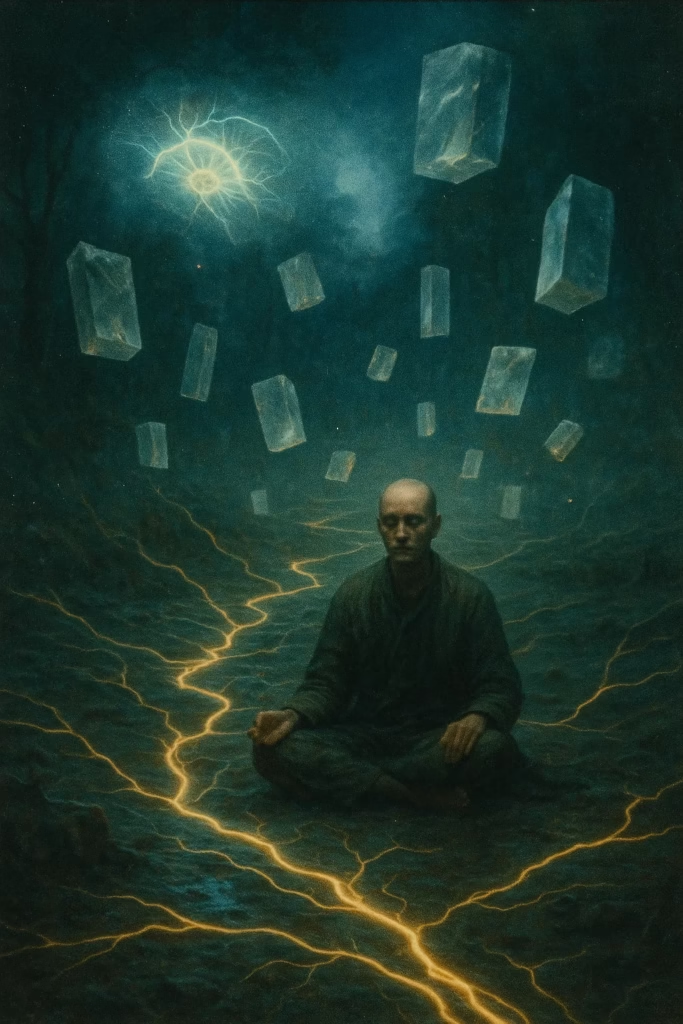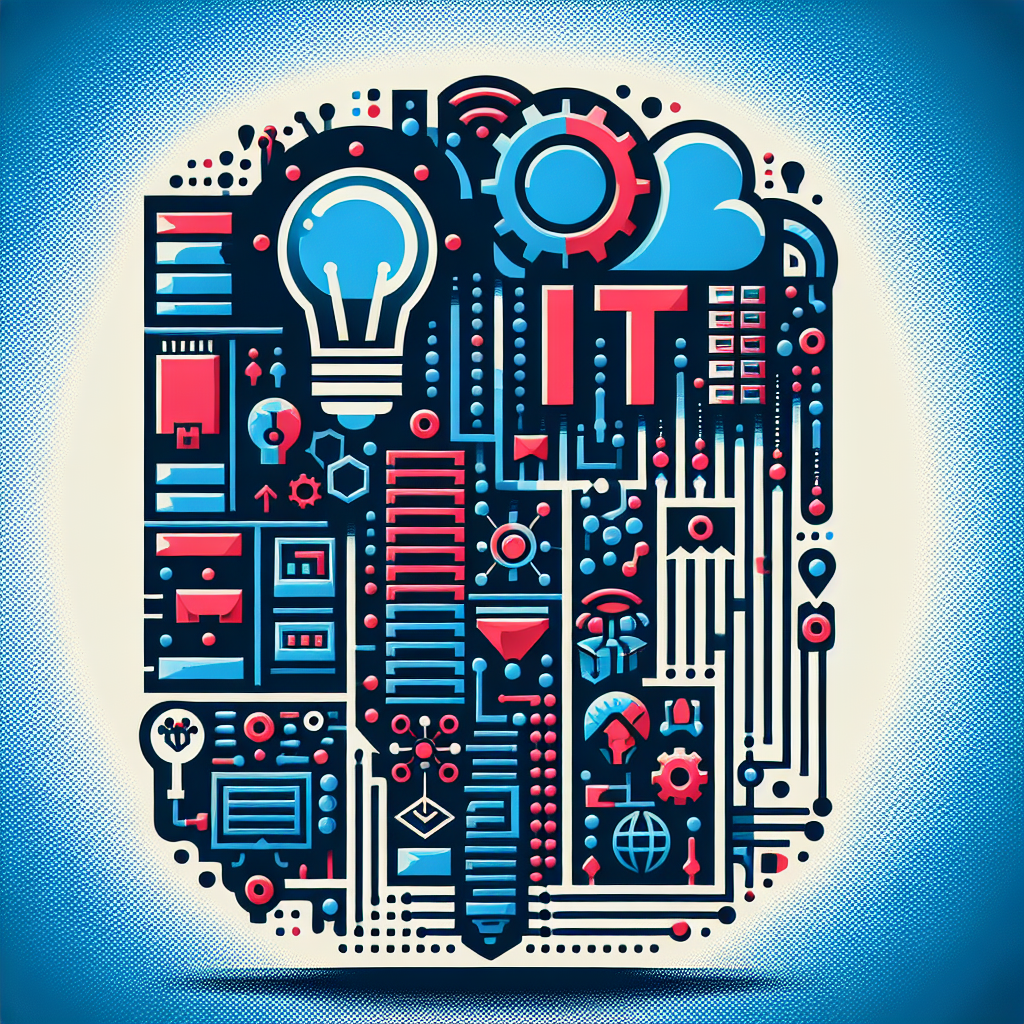Latest Research on Visual Experiences of Sleepers, the Blind, and Extrasensory Perception
Mental Imagery: “Seeing” With Inner Eyes
Close your eyes for a moment. Now imagine the face of someone you love. Maybe they’re smiling, maybe they have that wrinkle on their forehead when they concentrate… Amazing, isn’t it? 😊✨ Your brain is right now creating a complete, vivid picture – without any signals from the retina! This isn’t magic, but one of the most fascinating capabilities of the human brain.
How Does the Brain Create Images Without Eyes? 🧠⚡
When you decide to imagine something, a neurological ballet unfolds in your brain that would astonish even the most complex computer. The prefrontal cortex, your personal commander, sends a signal to the hippocampus – the archive of all your memories. “Find me grandma’s appearance!” 📡
The hippocampus then sends this information to the inferior temporal cortex, which specializes in recognizing complex objects like faces. But here something truly miraculous happens – the information starts flowing in reverse! 🔄
Instead of going from the eyes to higher cortices (bottom-up), now the higher cortices send signals back to the primary visual cortex (V1). fMRI studies have confirmed this: when you visualize vividly, V1 activates almost identically to when you’re looking at a real object! 🎨
*”Imagine your GPU rendering a complex 3D scene using only memory, without any camera input – that’s exactly what your brain does daily!”* 🤯💻
Dreams: The Brain Playing With Itself 🌙🎭
If you think waking imagination is impressive, wait until you hear what happens when you fall asleep! During REM sleep, your brain becomes a production studio creating the most incredible movies. 🎬
The prefrontal cortex, your center for logic and critical thinking, practically switches off. 🚫 Simultaneously, the amygdala, the emotion center, becomes hyperactive. Emotions flow freely, without censorship! 🎭
The visual cortex literally bursts with activity, mixing fragments of memory, emotions, and random neural activity. “The brain becomes a DJ mixing tracks from your life’s playlist, creating unusual combinations that would be impossible in waking state!” 🎧🌈
The Blind Who “See” Differently 👥🌈
The story becomes even more fascinating when we consider how blind people experience their inner world. Congenitally blind people (blind from birth) don’t have visual dreams in the traditional sense, but their dreams are a richer symphony of other senses. 🎵
Sounds, touches, smells, and emotions create a rich inner world. Even more amazing – their visual cortex isn’t dead! It reprograms itself to process other sensory information. When a blind person reads Braille, the visual cortex assists in processing! 🔄
In people who became blind later in life, the visual cortex continues to work with visual memories. Their mental images are often complete and rich with details – a true inner cinema running non-stop. 🎭
Extrasensory Perception: The Science Behind Mysticism 🕉️🔬
When people experience deep meditative states or altered states of consciousness, science can explain what’s happening in the brain. The temporo-parietal junction, responsible for the sense of boundary between us and the world, decreases its activity. 🌊
The Default Mode Network (DMN), the neural substrate of our ego, quietens down. When we “switch off” from ourselves, the feeling of unity with the universe isn’t a mystical experience – it’s the brain working on different frequencies! 🎵
“This isn’t magic – this is the brain’s natural ability to reprogram itself and open up to new ways of processing reality!” 🌟
Revolutionary Applications Changing the World 🚀🤖
These insights are already changing how we approach medicine, technology, and self-education. Brain-Computer Interfaces can now reconstruct images from neural activity! 📸
Artificial intelligence, inspired by the human brain, creates tools like DALL-E and Midjourney that are essentially the artificial equivalent of our visualization capability. 🤖
In practical terms, this knowledge helps us in daily life – from improving learning through visualization to sports training through mental rehearsal. 🏆
✨ Preview of the Next Post:
In the next part, we explore even more amazing phenomena: Intrinsically Photosensitive Ganglion Cells (the third eye in your eye!), the fourth type of opsin in humans that controls circadian rhythms, and how the brain PREDICTS the future through Predictive Processing! 🚀🔮


Leave a Reply